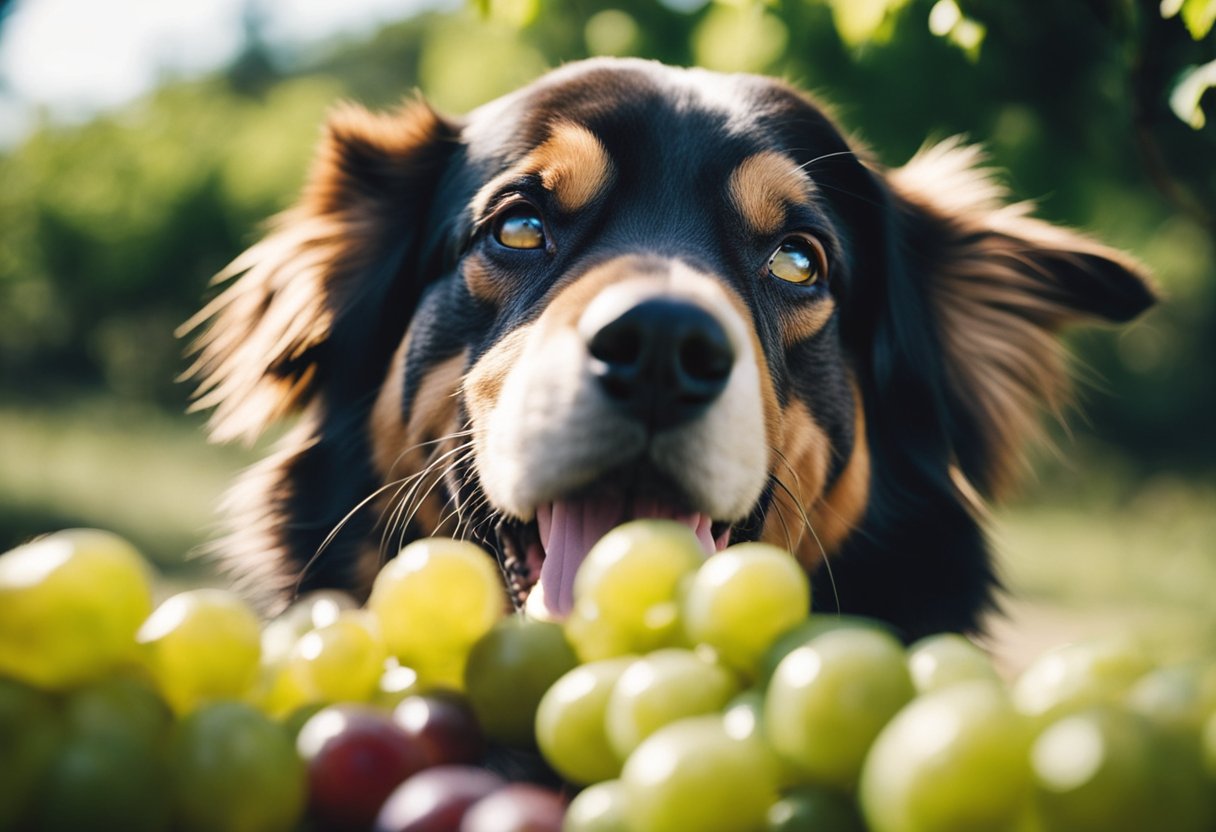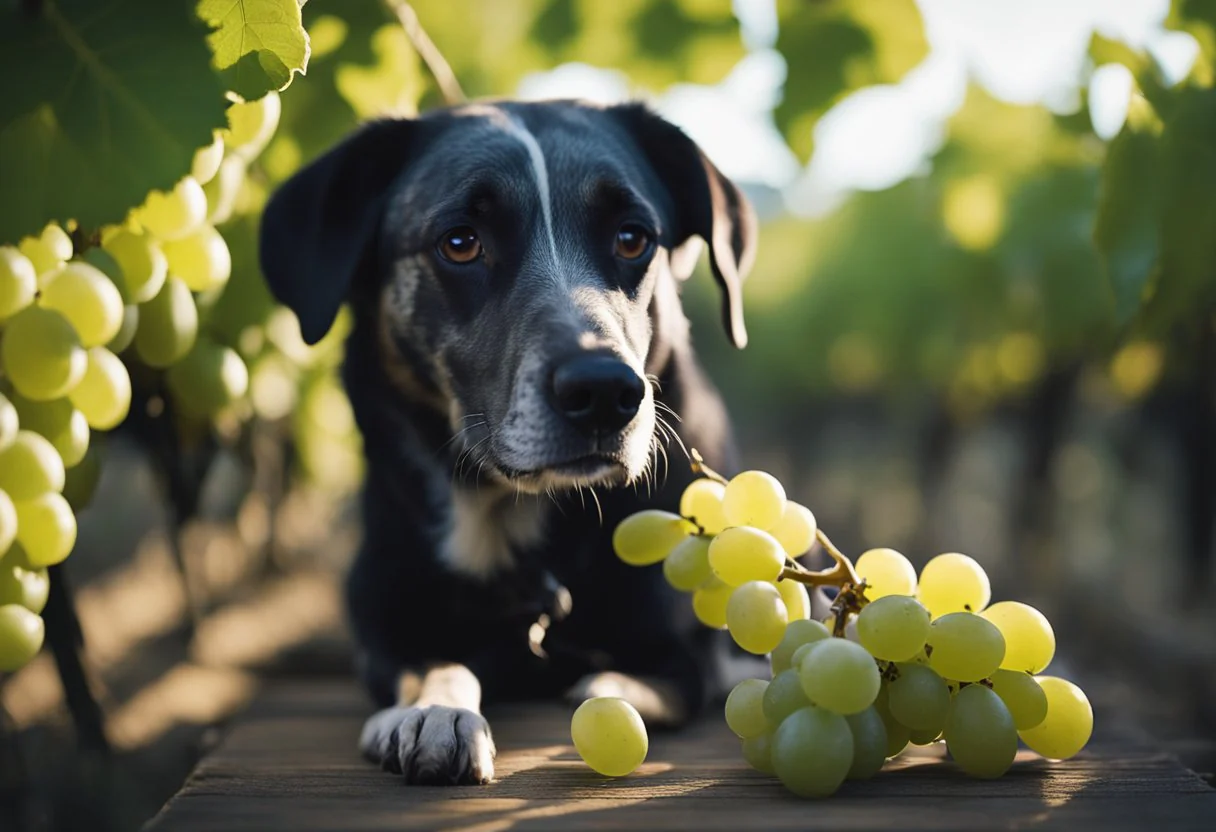As summer temperatures rise, both humans and their pets must stay vigilant to prevent heat stroke. Just like their human companions, dogs need to be kept hydrated and shielded from direct sunlight, especially during the peak heat of the day.

Preventing Heat Stroke in Dogs
Pet owners play a critical role in maintaining their dogs’ health during the hot summer months. Keeping your dog’s water dish full is essential to ensure they stay hydrated. Additionally, it’s wise to avoid walking your dog during the hottest parts of the day. Instead, opt for early morning or late evening walks when temperatures are cooler. To help your dog beat the heat, you can also wet their coat with a towel or spray bottle to keep them cool.
Dangerous Foods: Grapes and Other Risks
While it’s tempting to share summer treats with your furry friend, not all human foods are safe for dogs. Grapes and raisins, in particular, pose a serious risk to dogs. According to the American Kennel Club, even a single grape can be highly toxic to dogs, potentially causing sudden and severe kidney failure. The exact cause of this toxicity remains unclear, but it may be related to substances like mycotoxins, salicylates, or tartaric acid found in grapes. Some human foods, such as cheese, unflavored rice cakes, or turkey, can be safe and enjoyable for dogs in moderation. However, most human foods do not provide nutritional benefits for dogs. A well-balanced commercial dog food is usually the best choice for meeting your pet’s dietary needs.
What to Do If Your Dog Ingests Toxic Foods?
If you suspect your dog has eaten grapes or any other toxic food, it’s crucial to act quickly. Contact your veterinarian or the ASPCA’s 24-hour Animal Poison Control Center at 888-426-4435 for immediate assistance. The exact toxic dose of grapes is unknown, making it difficult to predict how any given dog will react. When in doubt, it’s better to err on the side of caution. Be on the lookout for signs of toxic ingestion, which may include:
- Appetite Loss: Reduced interest in food can be an early indicator of illness.
- Lethargy: Unusual tiredness or a lack of energy.
- Vomiting and Diarrhea: These symptoms can signal gastrointestinal distress.
- Increased Thirst: Excessive drinking of water may occur due to dehydration.
- Changes in Urine: Notable increases or decreases in urination, or difficulty urinating.
- Abdominal Pain: Signs include a distended abdomen or discomfort when touched.
- Dehydration: Look for symptoms like panting, pale gums, and a dry nose or mouth.
- Kidney Failure: Severe cases may result in a noticeable decline in health.

By taking these precautions and being aware of potential hazards, you can help ensure that your dog enjoys a safe and healthy summer.
